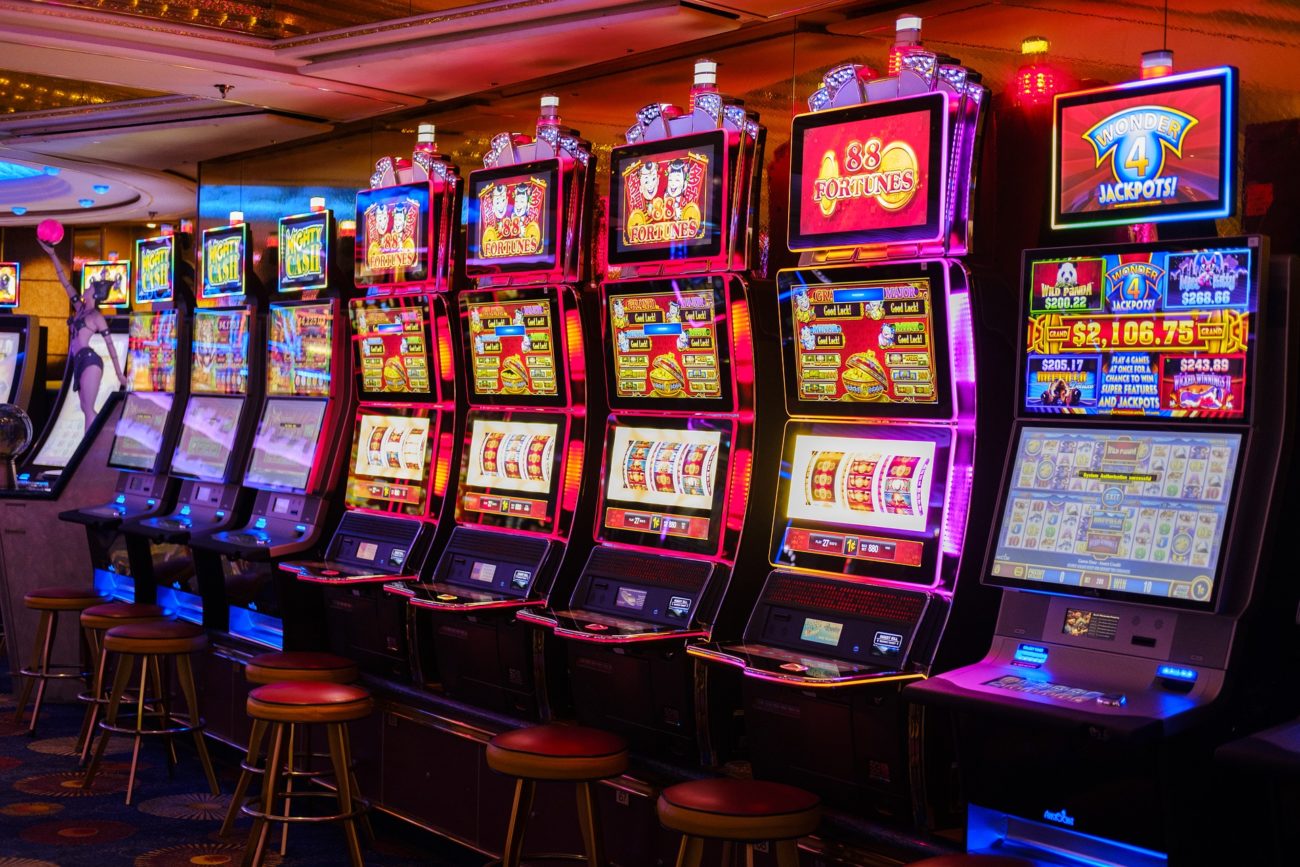The Evolution of Casino Slots: From Mechanical Reels to Digital Wonders
The gaming industry has undergone revolutionary transformations over the decades, and few areas reflect this evolution as vividly as casino slot machines. Once humble mechanical devices, slots have morphed into intricate digital experiences that appeal to a broader and more diverse audience. In this article, we will explore the fascinating journey of casino slots, tracing their origins and examining how advancements in technology have transformed the way we play.
The Birth of Slot Machines: The 19th Century
The story of slot machines begins in the late 19th century. In 1895, Charles Fey, a mechanic from San Francisco, invented the first true slot machine, known as the Liberty Bell. This machine featured three mechanical reels and five symbols: hearts, diamonds, spades, horseshoes, and a Liberty Bell. Players would insert a nickel and pull a lever, and if the reels aligned to show three Liberty Bells, they won the jackpot—$50, an impressive sum at the time. Fey’s invention laid the groundwork for the modern slots we know today.
As slot machines gained popularity in the early 20th century, casino operators incorporated them into their establishments. However, due to legal restrictions on gambling in many places, these machines were often the subject of controversy. In response, manufacturers began producing fruit-themed machines that dispensed chewing gum or candy instead of cash, creating a grey area in the law. This strategy was successful, allowing slot machines to proliferate in bars and social clubs.
The Rise of Electromechanical Slots: The 1960s and 70s
The next significant evolution in slot technology occurred in the 1960s with the introduction of electromechanical machines. These machines replaced mechanical reels with electrical components, allowing for more complex gameplay and increased reliability. One of the pioneering machines during this era was the Money Honey, released by Bally in 1963. This machine incorporated a coin hopper, automated payout, and flashing lights—elements that captivated players.
The electromechanical era also saw the emergence of multi-coin slots, which allowed players to wager multiple coins on a single spin. This innovation appealed to high rollers and increased potential payouts, further driving the popularity of slots in casinos. While mechanical reels were still in use, this transition marked a significant step towards the more sophisticated gaming experiences that would follow.
The Digital Revolution: Video Slots and Beyond
The digital revolution began in the 1980s, with the advent of video slots. These machines utilized a computer monitor instead of physical reels, allowing for animations, creative themes, and intricate graphics. The first commercially successful video slot machine, "Fortune Coin," was launched in 1976 by Walt Fraley, but it wasn’t until the mid-1980s that video slots started to gain traction in casinos.
In the early 1990s, the introduction of random number generator (RNG) technology further transformed video slots, ensuring fairness and unpredictable outcomes. Players could now enjoy features such as bonus rounds, free spins, and interactive elements, enhancing the overall experience. Themed machines—based on movies, TV shows, and music—captured the imaginations of players, making slots a dominant force within the casino landscape.
The Era of Online Slots: Accessibility and Innovation
As the internet gained popularity in the late 1990s and early 2000s, online casinos emerged, bringing slot gaming into the digital age. Online slots offered the convenience of playing from home, drastically changing the dynamics of gambling. Players could access hundreds of different titles, many featuring innovative gameplay mechanics and higher payout percentages compared to traditional brick-and-mortar establishments.
The rise of mobile technology further revolutionized slot gaming. With the introduction of smartphones and tablets, players were no longer tethered to their desktop computers. Casinos adapted by creating mobile-friendly versions of their games, ensuring that slot fans could play anywhere, anytime. The emergence of apps and mobile casinos has transformed how we engage with slots, allowing for seamless gaming experiences that fit into our busy lives.
Current Trends and the Future of Slots
Today, casino slots are a fascinating blend of technology, creativity, and gaming psychology. We are witnessing the rise of augmented reality (AR) and virtual reality (VR) slots, which promise to create immersive gaming experiences that blur the line between the virtual and physical realms. Gamification has also become a key trend, with developers incorporating elements such as leaderboards, achievements, and social features to enhance player engagement.
As artificial intelligence continues to evolve, we may see even more personalized gaming experiences in the future. These advancements will likely adapt to user preferences and habits, tailoring games and promotions to create a uniquely individual experience for each player.
Conclusion
The evolution of casino slots from mechanical reels to digital wonders marks an extraordinary journey shaped by technological advancements and changing consumer preferences. From the simple one-armed bandits of the past to the captivating, multifaceted games of today, slots remain a mainstay in the gaming world. As technology continues to advance, the future of casino slots promises to be an exciting blend of innovation, interaction, and entertainment, ensuring that the legacy of slots endures for generations to come.




